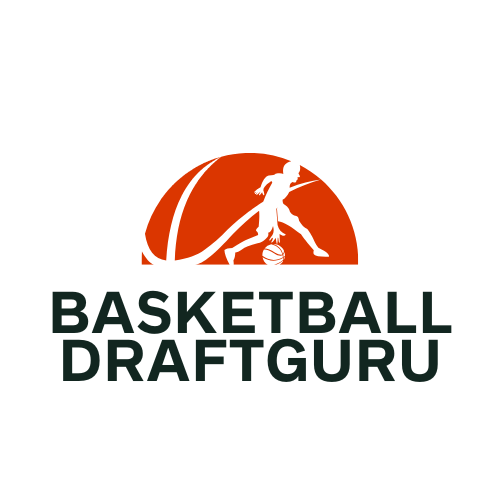In the high-stakes world of basketball, the NBA Draft is more than just a front office affair — it’s a numbers game that now has ripple effects far beyond team strategy. As data-driven mock drafts and prospect analysis grow in sophistication, sportsbooks are paying close attention. The once-niche connection between draft projections and betting markets is now a central dynamic for fans, analysts, and gamblers alike.
What used to be speculation confined to sports radio and online forums is now shaping moneylines, over/unders, and even live betting options. Let’s break down how mock drafts influence oddsmakers, where gamblers find their edge, and what analysts need to know about the rising intersection of scouting reports and sportsbook spreads.
From Mock Boards to Betting Boards: The Line Between Analysis and Action
Mock drafts are built on months of scouting, statistical modeling, team needs, and player potential — all of which closely mirror the factors bookmakers use when setting betting odds. The difference? One influences front-office decisions; the other shapes public perception and financial risk.
In recent years, sportsbooks have started offering draft-specific wagers: who will go first overall, which player will be selected in the top 5, head-to-head player selection bets, and even team-draft position pairings. This means that when a reputable draft analyst adjusts their mock — say, moving a sleeper pick into the top 10 — it can trigger significant movement in betting odds across multiple platforms.
The result? Analysts, insiders, and even Twitter-savvy fans are now part of a live market ecosystem. A single well-sourced report or leaked front-office interest can swing a line dramatically, often more than a pre-game injury in a regular season matchup.
For bookmakers, this adds both volatility and opportunity. They monitor expert mock drafts as part of their risk assessment, adjusting lines as new intel emerges — and sometimes even offering bets based on how closely the real draft aligns with popular projections.
Smart Bettors Read Like Scouts
While most fans use mock drafts to predict where their favorite college or international player might land, savvy sports bettors approach them differently. To them, a mock draft is market research — a data-rich, public-facing scouting report that can highlight inefficiencies in the betting lines.
For example, if a prospect is consistently ranked higher in consensus mock drafts than their betting over/under draft position suggests, sharp bettors may identify value in taking the under. Conversely, sudden shifts in a player’s draft stock — perhaps due to injury or a poor Combine showing — can offer betting windows before sportsbooks react.
This is especially true in the second round, where bookmakers often rely on generalized rankings rather than deep scouting. Here, bettors who track team workouts, insider buzz, and lesser-known international players can exploit gaps between perception and probability.
 The key? Think like a scout. Understand player fit, team needs, front office tendencies, and — crucially — how momentum and narratives affect public betting behavior. Successful draft betting requires blending basketball IQ with strategic risk-taking, not unlike playing a hand at a bitcoin live casino — you need timing, information, and the guts to act before the odds shift.
The key? Think like a scout. Understand player fit, team needs, front office tendencies, and — crucially — how momentum and narratives affect public betting behavior. Successful draft betting requires blending basketball IQ with strategic risk-taking, not unlike playing a hand at a bitcoin live casino — you need timing, information, and the guts to act before the odds shift.
The Future: Betting, Big Boards, and Blurred Lines
As the NBA and other leagues embrace sports betting partnerships, we can expect the line between analysis and gambling to blur even further. Already, some platforms are integrating real-time odds into live mock draft broadcasts, while sportsbooks consult with analytics firms that once catered only to front offices and hardcore fans.
This convergence raises interesting questions: Should analysts tailor their content knowing it can move markets? Will mock drafts be gamified in fantasy leagues and prediction platforms? Could we see AI-generated mocks optimized not for realism, but for betting profitability?
For the draft community — scouts, bloggers, content creators, and analysts — this means their influence now carries financial implications beyond the court. What was once considered a hobbyist’s pursuit has become a critical input in multi-million-dollar betting ecosystems.
And for fans? It means the NBA Draft isn’t just about watching the future of the league take shape — it’s about understanding that every pick, every rumor, and every ranking update has the potential to move money.
Conclusion
The modern NBA Draft is no longer just a chess match between general managers — it’s also a battleground for bookmakers and bettors, fueled by mock drafts that influence more than just team decisions. As data, narrative, and odds collide, those who understand both basketball strategy and betting psychology will hold the winning hand.
Whether you’re placing a wager or just analyzing the next wave of talent, remember this: in today’s draft landscape, everyone’s playing the game — and the smartest players always do their homework.

